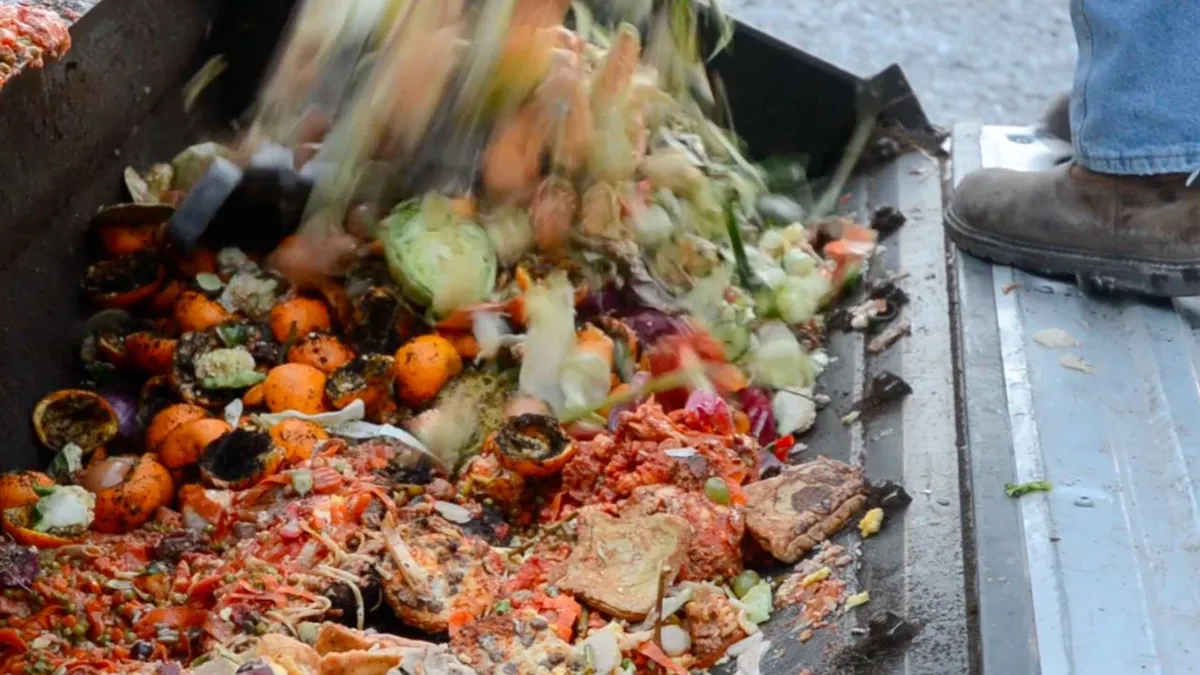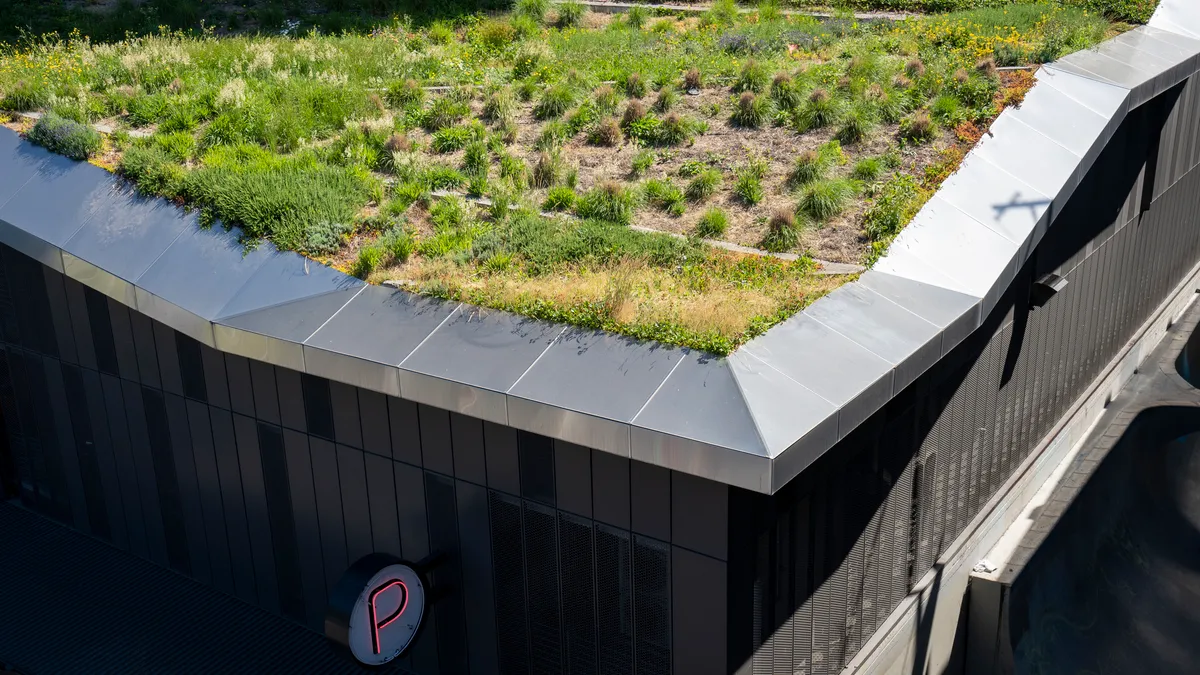Dive Brief:
- New York's Department of Sanitation (DSNY) recently announced the largest expansion of its curbside organic waste collection program to date, with new service for 360,000 Brooklyn residents starting this week. This brings the total number of residents with curbside collection access up to 1.6 million.
- DSNY plans to continue expanding collection service to residents in additional neighborhoods this month and eventually offer curbside access to more than 2 million residents this year. Factoring in drop-off locations — the city now has 100 and counting — DSNY aims to provide organics recycling options to all residents by the end of 2018.
- During an interview with WNYC, Commissioner Kathryn Garcia also said that the estimated 300 large commercial generators covered under the city's diversion mandate have now received three rounds of educational outreach and tickets have been issued for those still not in compliance since the requirement took full effect in January.
Dive Insight:
Establishing the nation's largest curbside organics program isn't cheap, but compared to the rising costs of exporting waste to distant landfills, DSNY believes it's still a more affordable option. This plan is also a key part of the city's goal to achieve "zero waste" by 2030 and is seen as top priority in ongoing emissions reduction efforts. If all goes according to plan, the city remains on track to hit its goal of providing universal organics recycling access for all 8.5 million residents next year, when factoring in community gardens and drop-off sites — though access and participation are two very different metrics.
According to the most recent statistics, the organic material collected by DSNY still represents a small fraction of the overall residential refuse being generated. These numbers will increase as access expands, though engaging residents and enrolling large multi-unit buildings still remains a challenge. In some cases, this is due to the logistical factors of storing the material in large buildings or general squeamishness about the idea of food waste separation itself. While some cities have decided to pursue in-sink disposal as a supplementary option, New York has traditionally shied away from promoting this concept. During the WNYC interview, Garcia cited concerns about additional material contributing to volumes in the city's combined sewage overflow system in heavy rain as one reason for this stance.
As the program grows, processing capacity is also still an evolving factor. DSNY maintains that sufficient capacity exists to handle its needs, and signed $47 million in processing contracts last year to continue that system, but some have questioned whether the city's full needs can be met at a reasonable price by what is currently available in the region. In an ideal closed loop scenario, New York would process more of its food scraps locally as was recently recommended for Washington, D.C. Garcia told WNYC she "would love to have more compost facilities within the city limits" but noted issues with finding space and siting facilities in residential areas — a notoriously fraught issue in New York.
Any city that gets into the organics collection business usually encounters many of these same questions, though now that New York's program is the biggest, it has become one of the main test cases for urban waste management programs around the country.












